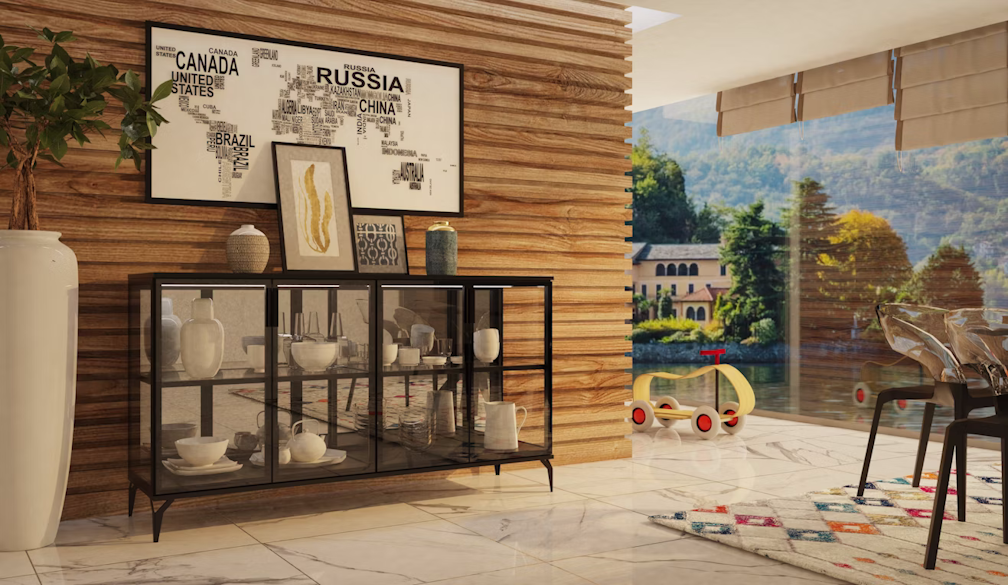Beyond Listings: How Realtors Are Reinventing Home Showcases

The real estate industry is evolving—and so is the way properties are being presented to potential buyers. Traditional open houses and static online listings still serve their purpose, but forward-thinking agents are exploring more engaging and personalized ways to tell a home's story.
In a highly competitive market, showcasing properties in ways that make them memorable is no longer optional—it’s essential.
Why Presentation Is Everything in Real Estate
A home listing is often a buyer’s first impression—and you don’t get a second chance. According to the National Association of Realtors, 97% of homebuyers use the internet in their home search, meaning your digital presentation carries as much weight as your in-person walkthrough.
With attention spans shrinking, visual content that’s engaging, informative, and well-produced gives agents an edge.
Storytelling Through Visuals
One standout method gaining popularity among realtors is using digital and printed albums to showcase homes before, during, and after open houses. Tools like Mixbook allow agents to create high-quality photo books that capture the essence of a property—from custom kitchens to stunning outdoor areas.
Instead of a stack of flyers, guests at open houses can flip through a bound book filled with high-resolution images, captions, renovation details, and even neighborhood highlights. These photo books aren’t just keepsakes—they’re tools that help buyers emotionally connect with the home.
The Rise of Immersive Showcasing Tools
Modern homebuyers want to experience a property before they set foot in it. This is where immersive tech and creative presentation tactics come into play.
Here are a few standout tools and techniques:
- Virtual reality (VR) home tours: Buyers can “walk through” the home from their phone or VR headset, no matter where they are.
- Drone footage: Aerial videos highlight landscaping, nearby amenities, and property scale.
- Lifestyle staging: Homes are furnished to reflect the buyer persona—think luxury for executives, play areas for young families.
- Mood boards and color palettes: These help buyers imagine future design potential.
- Personalized welcome kits: Including neighborhood guides and small branded gifts for serious buyers.
Each of these methods goes beyond the basics and shows potential buyers not just what the home is, but how it could feel to live there.
Why These Creative Tools Matter
- They differentiate listings in crowded markets
- They help buyers build emotional connections
- They cater to visual learners and mobile-first audiences
- They allow for remote decision-making
- They create marketing assets that can be reused on social media, websites, and email campaigns
Reimagining the Open House
Open houses have always been a cornerstone of selling homes—but now, they’re evolving into curated events. Think mood lighting, curated playlists, catered snacks, and even branded merchandise. Agents are transforming these into experiences rather than walkthroughs.
Some agents are adding a gallery-like feel with photography walls or storytelling elements about the home's history. Others use interactive tools such as tablets where guests can leave feedback or request a private tour.
Data-Driven Marketing Without Losing the Personal Touch
While creativity is booming, successful realtors are balancing innovation with analytics. Tracking engagement on social media, open rates on property emails, and time spent on listing pages gives agents insight into what’s working.
Combining this data with tactile, real-world elements like printed Mixbook photo albums or QR codes to immersive digital content creates a hybrid experience that’s hard to forget.
Final Thoughts
In a world where Zillow scrolls and Instagram swipes dominate buyer behavior, realtors are stepping up their game. By using a blend of creative storytelling, immersive tech, and thoughtful presentation, they’re not just selling houses—they’re helping buyers imagine the next chapter of their lives.
It’s not about showing more listings. It’s about showing them better.


















